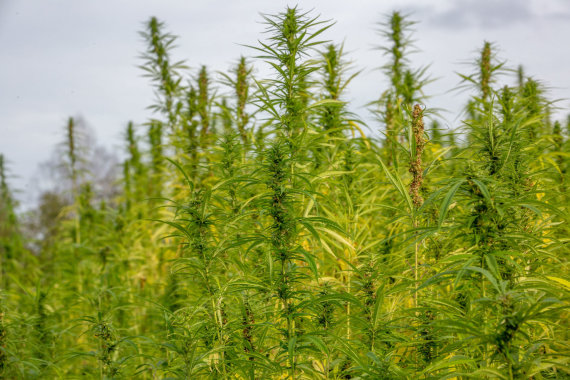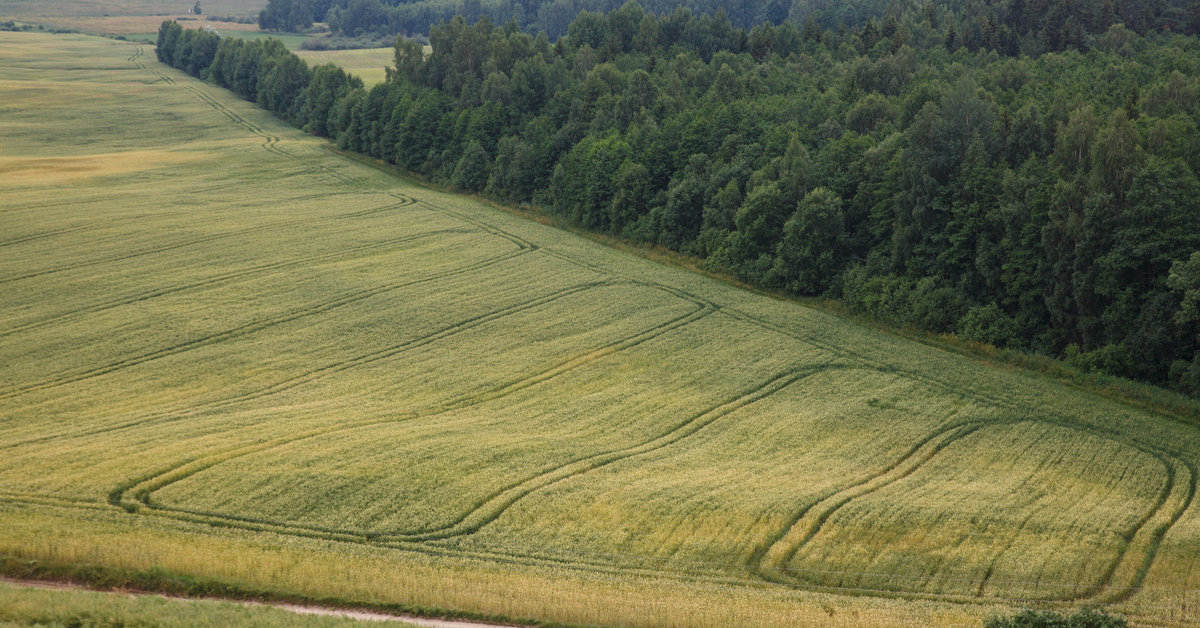The chronicles of the German Order remember the scale of agriculture. The destruction of crop and grain stocks at the Lithuanian border was one of the ways to fight unbreakable pagans.
In the Jotvingian village with only two courtyards, the Russian army of Danilas Romanovičius found so much grain that everyone had enough, and the rest had to be burned. However, this does not mean that the bread was everyday.
As it seems, prosperous agriculture needs to be treated with caution. At that time, there was no more serious, more mass-produced substitute for roots in these lands, such as potatoes. And the crops were often destroyed by droughts, rains and other calamities.
This led to periodically recurring famines. The Jotvingians, who did not lack grain before 1279. after the famine, they themselves asked Duke Vladimir to sell rye, offering wax, fur, and silver.
In the cultural strata of the state, which dates back to the dawn, archaeologists are finding much more advanced tools for tillage and harvesting.
The widespread ax-like ax, reminiscent of today, has made it easier to turn the forest into arable fields. The horse of archaic shapes was replaced by a two-parted horn forged with iron tines.
By the way, the 13th century. Lithuanians were already measuring the land in terms of area – the “land collar”. At that time, large scissors resembling today’s ones spread in Eastern Lithuania, they are called “litovkas” in Belarus and now.
The cutters have also taken on unchanged forms to this day. The grain has already been ground with efficient rotary mills, not friction mills.
A journey of black bread shells on time
We learn what plants were grown at that time from paleobotanical studies of grain and pollen and seeds in the cultural layers found during archeological excavations.
Only in Maišiagala mound, 13th – 14th c. layer, about 150 kg of grains were found, among which there were about 20 species and subspecies of bell and legume crops.
Winter and spring rye were found, two types of wheat, barley, oats, millet grains were found. It is also considered to be the earliest buckwheat grain in Lithuania.
A large part of the crops grown by the community that left the Maišiagala mound consisted of various legumes – lentils, vetch, peas, beans.
Edible lentils (like buckwheat) were then more common in Eastern cultures and were discovered here for the first time.
Thus the 14th century. Almost all cereals known today are grown in Lithuania, the most important being rye. They were found in all the more extensively studied 13th – 14th centuries in Lithuania. in monuments.
Managed by Cabbage / 15min photo / Rye
–
Rye also dominated the cities of the Grand Duchy of Lithuania. Volkovysko XI – XII a. 89–96% of all cultivated cereals are found in the layers of the 12th – 13th centuries. In Grodno – even up to 98%. This testifies to an advanced farming system – practiced crop rotation.
By the way, a piece of rye bread was found in the Maišiagala mound. But there is a hilarious story among archaeologists as one student stabbed a shell of bread bought and burned in a store into a cultural layer.
There is a hilarious story among archaeologists as one student stabbed a shell of bread bought and burned in a store into a cultural layer.
When the discovery was discovered, the joy of the research manager was so great that the student simply lacked the courage to lay the truth…
The most popular “vegetable” is hemp
Studies of pollen found in samples of cultured layers have yielded interesting results. In the lower town of Kernavė, the total amount of pollen from cultivated plants accounted for 40% of the total amount of pollen, and little pollen intended for weeds was detected.
Few weed impurities were also found in the samples taken in Maišiagala mound, Vilnius.
The small amount of weed pollen and seeds indicates a high level of developed agriculture, the cultivated fields were well maintained and “clean”.
Cannabis pollen was also found in the lower town of Kernavė. Cannabis cultivation is evidenced by hemp ropes twisted from their fibers by archaeologists.

Photo by Vidmantas Balkūnas / 15min photo / Cannabis field
–
According to the authors of the Palinological research, the orchards in the Pajauta Valley in Kernavė did not exist or occupied a small area. Little was known about crops grown in orchards at the time, especially vegetables.
The chronicle of Peter Dusburgietis states that the Prussians, seeing the brothers of the German Order eating cabbage, compared them to horses and mules eating grass.
However, turnip seeds were found in the land of Semigallia in the 13th century. in the dating cultural layer of Tervetė mound (Latvia). It is probable that turnips were also grown in the territory of Lithuania.
Iron hoes found by archaeologists are commonly associated with horticulture. By the way, they were placed in the graves of Semigallian women next to other graves.
It is speculated that not only vegetables, but also hemp, flax, legumes – peas, beans, lentils, as well as oilseeds – hemp, white mustard (one seed was found in the Maišiagala mound) could be grown in the orchards.
At that time, carrots and beets had already reached the countries of Western Europe from the Eastern countries. However, the taste and burgundy color of beets acquired (by the way, carrots also became orange) only in the 17th century. thanks to the long work of breeders.
Gintautas Vėlius
This text is a part of Vilnius University project “History of the Grand Duchy of Lithuania”. See the page for more historical texts ldkistorija.lt
– .


